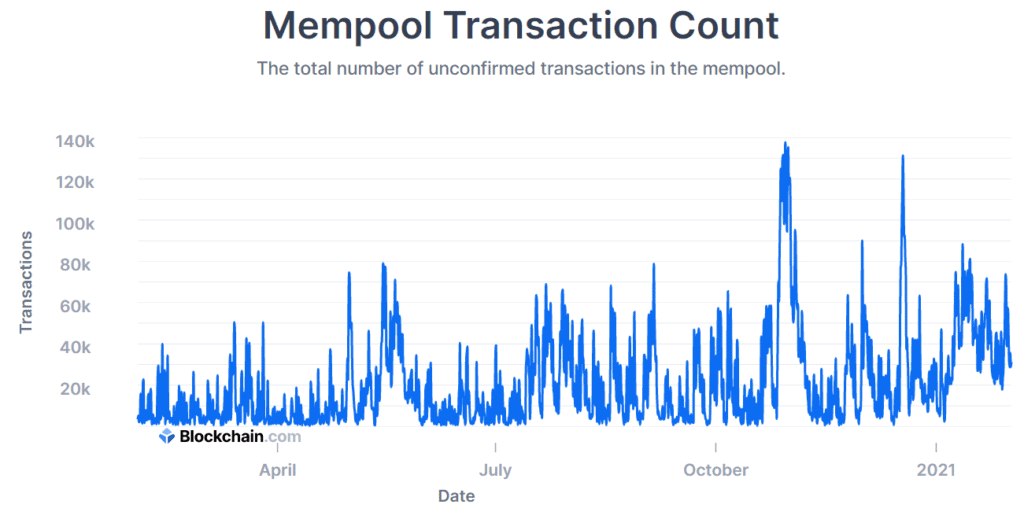Bitcoin transaction fee touched a three-year high of $17.20 on the 29th of January. The latest numbers coincided with the crypto-asset’s fresh ascend above $38k before cooling off yet again.
According to BitInfoCharts, the last time the Bitcoin transaction fee value was found in this level was back in January 2018 when the investors rushed to cash out before the crypto-asset’s price crashed.
Besides, the current fee was found to be a lot lesser than during its ATH which was registered to be an astonishing $54.9 on the 21st of December 2017.

Bitcoin transaction fee tends to go up when the crypto-asset undergo price rallies. In line with this trend, the transaction fee figures have remained below $6.5 since February 2018. It was not until the last week of May 2020, that figures noted a prominent spike, a trend that rose in tandem with the coin’s price.
What Does It Say About Bitcoin’s Network Health?
High transaction fees essentially signal a rising demand for the network. This is due to the fact that figures for Bitcoin transaction fee pick up when the demand for transaction process outpaces the supply of miners to process them.
This is because Bitcoin miners are incentivized to add transactions with the highest processing fees in a bid to maximize their fee earnings. Depending on the network demand in any given situation, the users would have to pay more or less. With more users, the demand goes up which results in miners prioritizing transactions with higher fees which, in turn, forces other users to offer higher fees to avoid long waiting times.

Alongside this, the transaction volumes have also noted an uptick, which has caused some serious congestion in the BTC network and consequently driving fees higher. Hence, Bitcoin mempool is back in focus.
When bitcoin transactions are first executed, they are first sent to the mempool, waiting for approval by miners. Mempool is essentially the collection of unconfirmed transactions. The miners of the network can process only 1 MB worth of transactions per block mined nearly every 10 minutes.
On the same day as transaction fee ATH, there were 82,266 unconfirmed transactions in the mempool which has since declined, as noted by Blockchain.com.
Despite this, the network is not as congested as it looks. Here’s Why: The hash rate, for one, was still hovering close to its peak despite the rising demand among the users which was a healthy sign. This is because the mining power deployed to approving transactions and mining blocks was significantly up and which has further facilitated in bringing the waiting times and network congestion to normalized levels.

